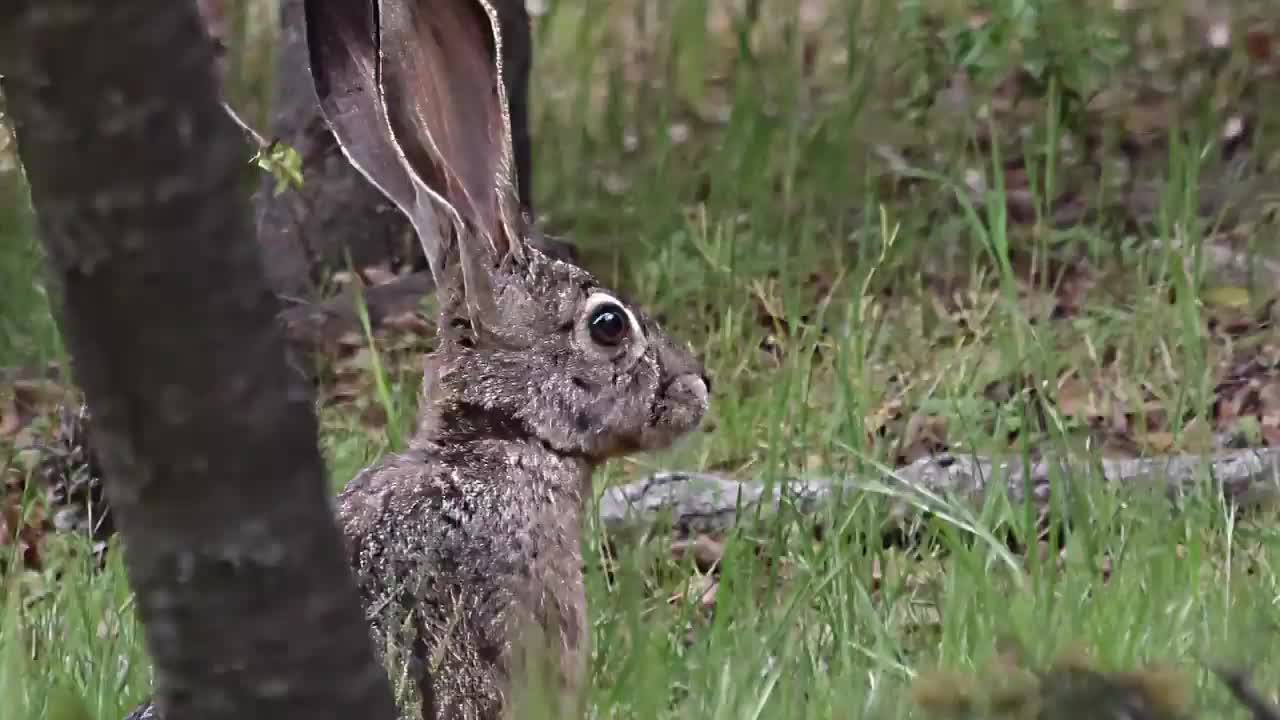Protecting Clear Lake's Native Fish from Extinction
August 17, 2024 | Events, Lake County, California
This article was created by AI summarizing key points discussed. AI makes mistakes, so for full details and context, please refer to the video of the full meeting. Please report any errors so we can fix them. Report an error »

In a recent government meeting focused on environmental conservation, discussions highlighted the critical need to preserve the natural habitats around Clear Lake, particularly for smaller mammals and meso carnivores like coyotes and foxes. Officials emphasized the importance of maintaining wild shorelines to support wildlife and control invasive species that threaten local ecosystems.
The meeting also addressed the historical significance of native fish species, particularly the hitch, which served as a vital food source for Indigenous peoples. The hitch, along with other native fish like the tule perch, has seen drastic population declines due to overfishing and habitat changes, with some species, such as the thick tail chub, now extinct. The introduction of non-native fish species, including various bass and crappie, has further complicated the ecological landscape of Clear Lake.
A key initiative discussed was the Upper Lakes project, which involves tagging fish to monitor their migration patterns. This project aims to enhance understanding of local fish populations and improve management strategies, particularly concerning invasive species like carp and goldfish, which pose a significant threat to native fish eggs.
The meeting underscored the delicate balance between conservation efforts and sustainable fishing practices. Tribal elders expressed concerns that younger generations have been unable to fish for native species due to dwindling populations, highlighting the urgent need for effective management and restoration efforts to ensure the survival of these important fish and the cultural practices associated with them.
The meeting also addressed the historical significance of native fish species, particularly the hitch, which served as a vital food source for Indigenous peoples. The hitch, along with other native fish like the tule perch, has seen drastic population declines due to overfishing and habitat changes, with some species, such as the thick tail chub, now extinct. The introduction of non-native fish species, including various bass and crappie, has further complicated the ecological landscape of Clear Lake.
A key initiative discussed was the Upper Lakes project, which involves tagging fish to monitor their migration patterns. This project aims to enhance understanding of local fish populations and improve management strategies, particularly concerning invasive species like carp and goldfish, which pose a significant threat to native fish eggs.
The meeting underscored the delicate balance between conservation efforts and sustainable fishing practices. Tribal elders expressed concerns that younger generations have been unable to fish for native species due to dwindling populations, highlighting the urgent need for effective management and restoration efforts to ensure the survival of these important fish and the cultural practices associated with them.
View full meeting
This article is based on a recent meeting—watch the full video and explore the complete transcript for deeper insights into the discussion.
View full meeting
